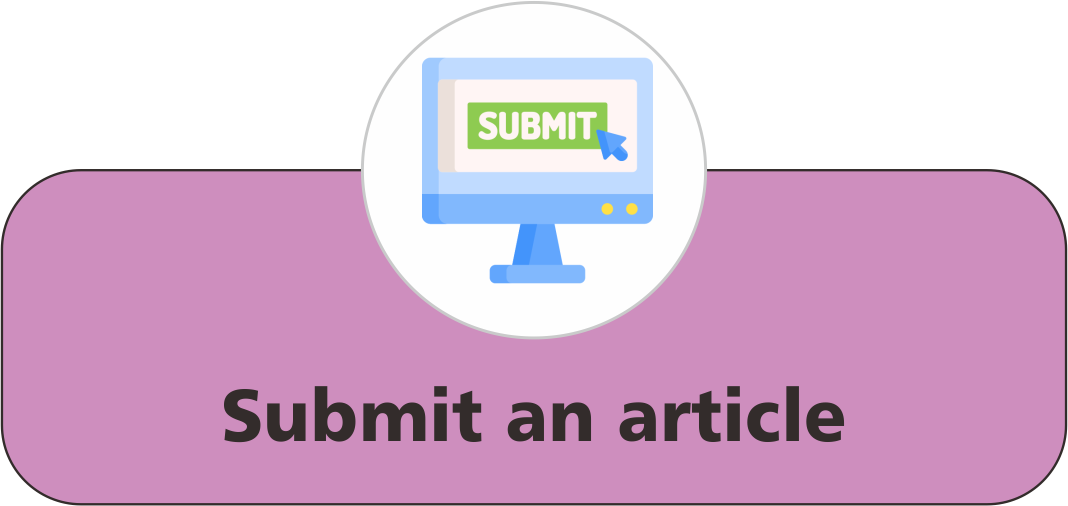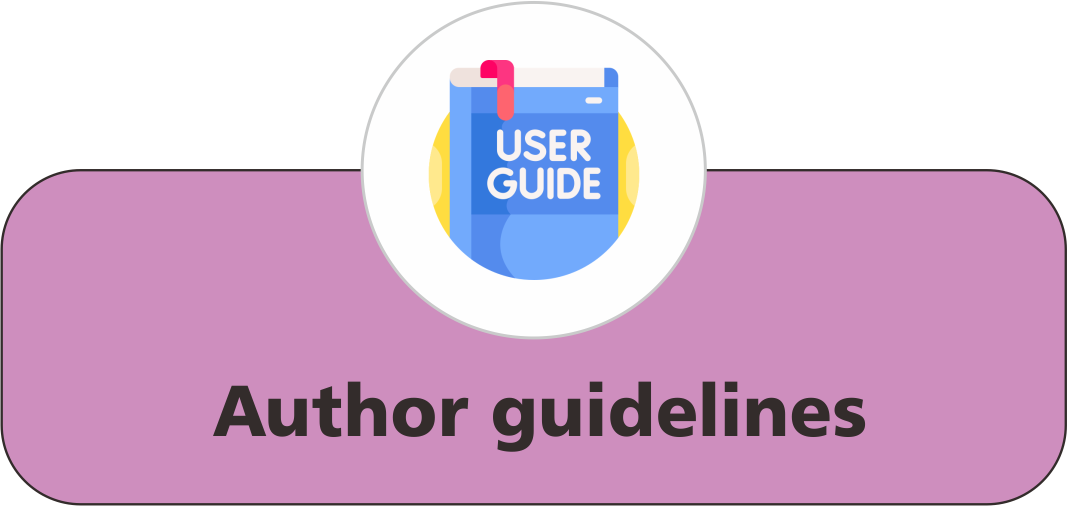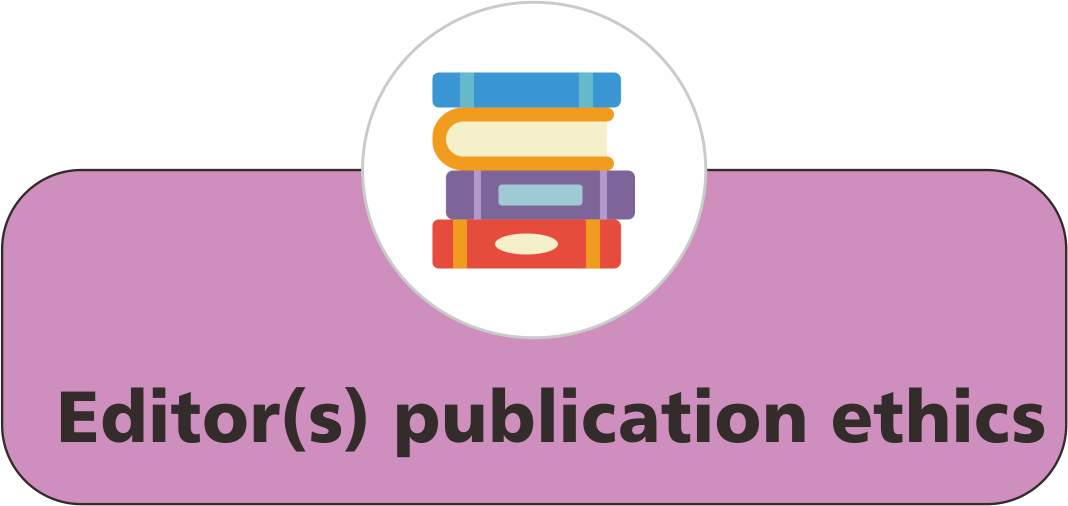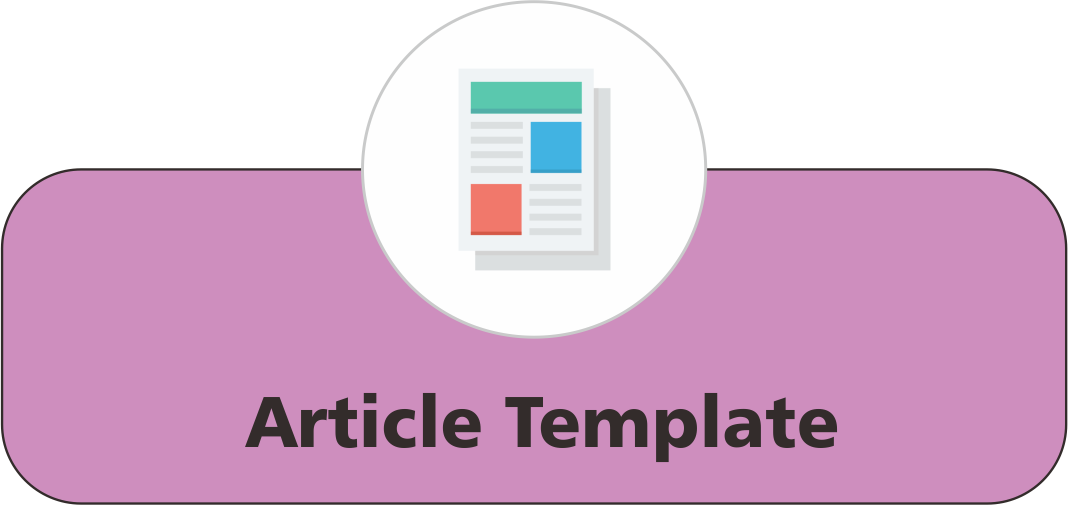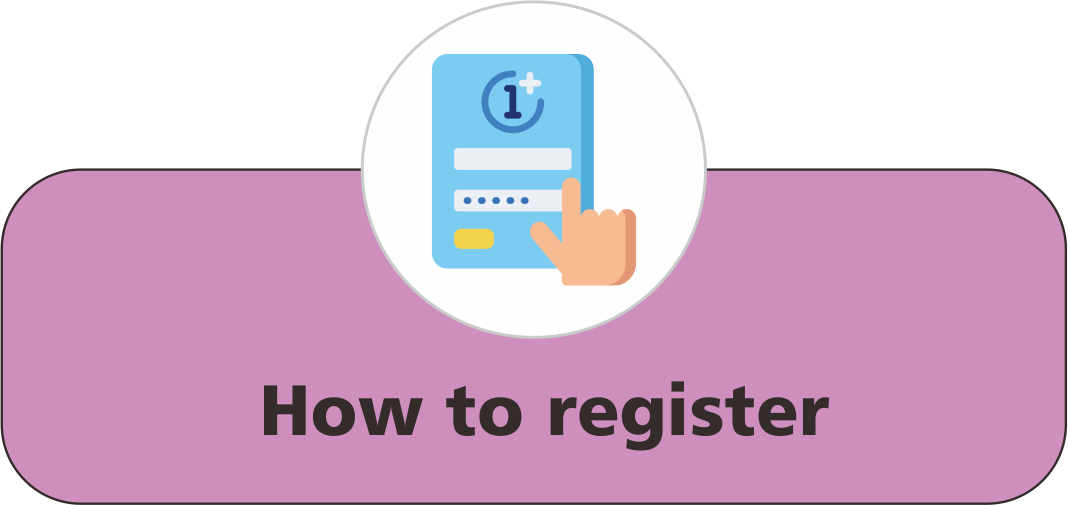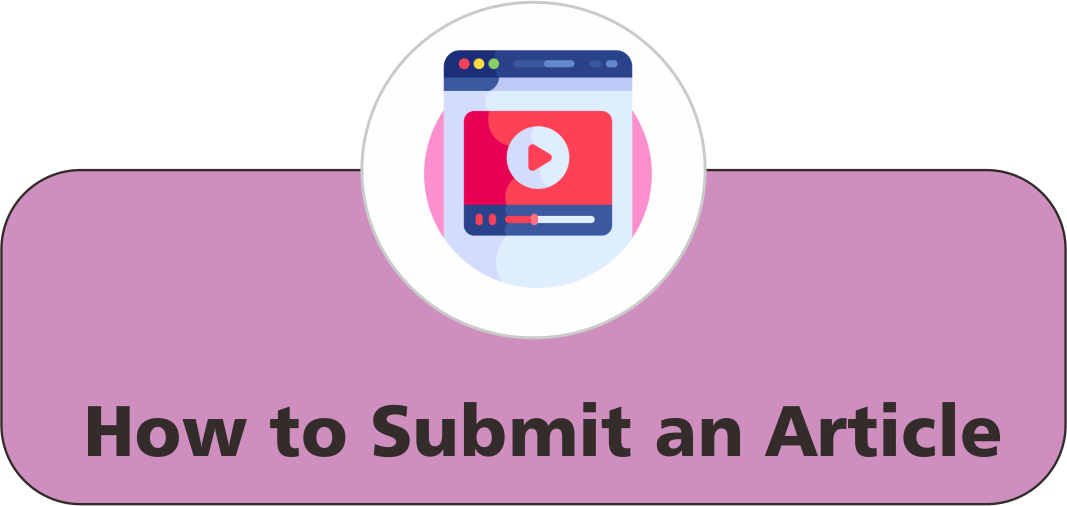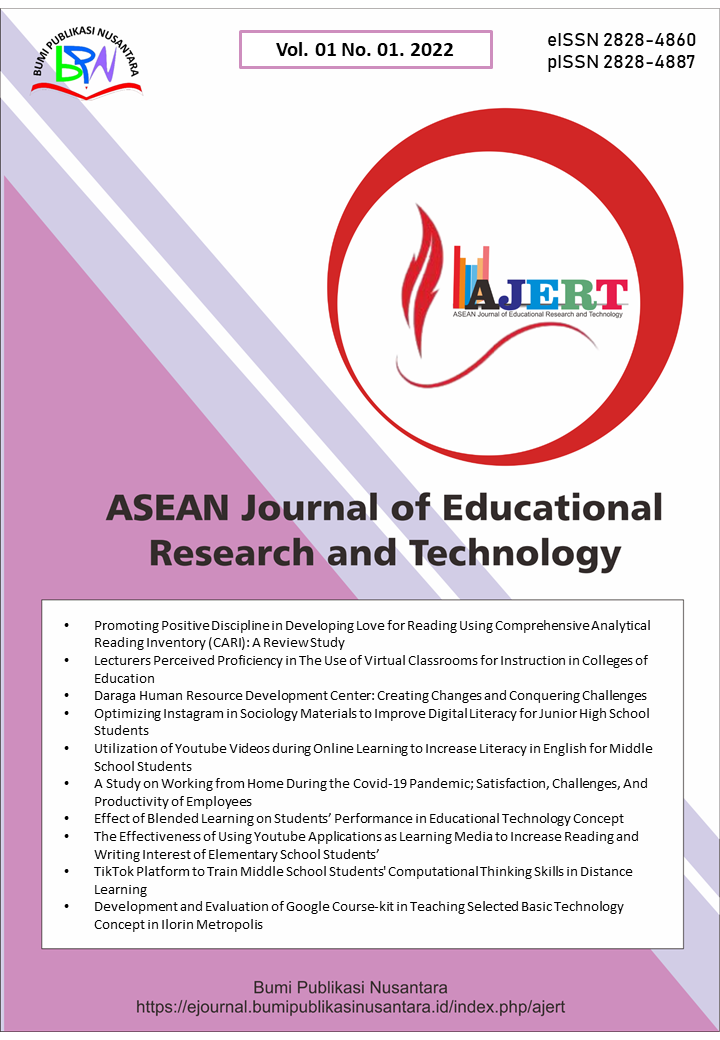Availability and Utilization of Preschool Play Equipment
 ),
),
(1) Kwara State University
 Corresponding Author
Corresponding Author
Abstract
Keywords
References
Aderoumu, O. A. (2014). Motor skill development and games training. Journal of Physical Education and Sport Management, 5(5), 82-89.
Alimi, O. (2004). Teacher utilization of resources in teaching integrated science: The case of primary school teachers in Southwestern Nigeria. Journal of Science Teachers' Association of Nigeria, 39(1), 20-29.
Anderson, K., Roberts, M., and Thompson, J. (2011). Utilization of preschool play equipment: A comparative analysis of public and private preschools. Early Childhood Education Journal, 15(3), 201-220.
Anderson-McNamee, J., and Bailey, S. (2010). The impact of play on development: A meta-analysis. Play Policy, 3, 1-17.
Chi, L. (2009). Child play and adult styles: Conflicting strategies?. International Journal of Early Childhood, 41(2), 69-79.
Ginsburg, K. R. (2007). The importance of play in promoting healthy child development and maintaining strong parent-child bonds. Pediatrics, 119(1), 182-191.
Horning, L. (2009). The value of play in literacy development and early intervention. Early Childhood Education Journal, 37(4), 303-308.
James, C. (2015). Facilities provision for basic education in Nigeria: Quality and functionality issues. International Journal of Education and Research, 3(3), 147-160.
Johnson, S., Smith, L., and Brown, M. (2021). Availability of preschool play equipment: A comparative study of public and private preschools. Journal of Early Childhood Education, 10(2), 123-145.
Nesser, R. (2005). Play, physical activity and elementary school children: The growing problem of physical inactivity. Journal of Physical Education, Recreation and Dance, 76(3), 43-47.
Nuoh, N. A. (2015). An investigation into the influence of availability and utilization of facilities on students' performance in physics in Sunyani Municipality. Journal of Education and Practice, 6(11), 66-73.
Olagunju, M. O., and Abiona, A. (2008). The availability and utilization of laboratory facilities for the teaching of Biology in Nigerian secondary schools. Journal of Research in Education, 6(1), 144-153.
Oncu, E., and Uluer, H. (2010). Young children's creativity and play behaviors. Procedia - Social and Behavioral Sciences, 2(2), 4003-4007.
Oyeniran, I. O. (2009). Toys and the stimulation of creative thinking among children in early childhood education in Nigeria. Journal of International Education Research, 5(3), 65-78.
Salakun, S. (2005). Benefits of play to the physical development of children. The Sport Journal, 8(2), 1-8.
Article Metrics
Abstract View : 951 times
: 951 times Download : 639 times
Download : 639 times
Refbacks
- There are currently no refbacks.
Copyright (c) 2023 Bumi Publikasi Nusantara

This work is licensed under a Creative Commons Attribution-ShareAlike 4.0 International License.

